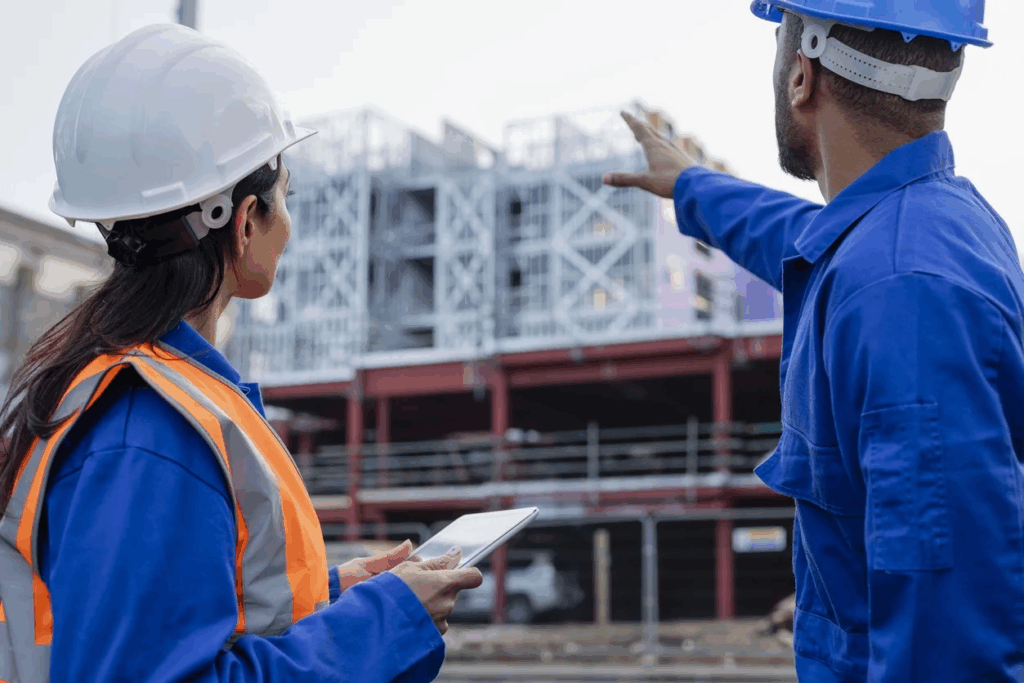Running a construction business in Florida involves more than completing projects on time and within budget. Contractors face a variety of risks that can affect both operations and financial stability. From equipment damage and property loss to subcontractor incidents and legal claims, protecting business assets requires a proactive approach. Understanding potential exposures and implementing strategies to reduce them can help contractors maintain long-term security and keep projects on track.
Contractors often focus on project completion, but failing to safeguard assets can lead to significant losses. Assets include physical property, equipment, vehicles, and even project plans or designs. A comprehensive approach to risk management, combined with proper insurance coverage, is essential for minimizing liability and protecting what the business has invested in.
Conduct a Comprehensive Risk Assessment
The first step in protecting business assets is identifying potential risks. This involves examining every aspect of operations—from job sites and equipment storage to subcontractor management and employee practices. Contractors should assess both internal and external threats. Internal risks may include inadequate safety procedures or poor documentation, while external risks can range from weather events to theft or vandalism.
Documenting risks allows contractors to prioritize protections and allocate resources effectively. For example, equipment stored on-site may require fencing, lockable storage, or GPS tracking. Identifying subcontractor activities that carry higher liability can also inform contractual obligations and insurance requirements.
Consider Appropriate Insurance Coverage
No risk management plan is complete without insurance. Coverage suited for construction contractors can protect against property damage, liability claims, and accidents. Policies such as general liability, commercial property, and workers’ compensation form the foundation of business protection.
Contractors in Florida can explore options like Florida contractor insurance to ensure coverage aligns with local conditions, such as weather-related incidents or regional liability exposures. Insurance functions as a safety net, helping contractors manage losses and maintain financial stability when unforeseen events occur.
Implement Strong Safety and Security Measures

Physical assets are vulnerable without preventive measures. Ensuring that job sites follow consistent safety standards is crucial, including protective equipment for employees and subcontractors, clear signage, and routine inspections. Regular training sessions reduce the likelihood of accidents, which helps protect both the business and its assets.
Security measures should also address theft and unauthorized access. Equipment and materials left unattended are often targets for theft, and implementing fencing, lighting, and secure storage can help reduce losses. Digital assets, such as project plans and client information, should also be safeguarded with secure networks and controlled access.
Maintain Clear Contracts and Documentation
Contracts are a critical tool in protecting a business from liability. Well-written agreements with clients, subcontractors, and suppliers clarify responsibilities and expectations, reducing the likelihood of disputes. Indemnification clauses, liability limitations, and insurance requirements help ensure that subcontractors take responsibility for their own actions.
Documentation is equally important. Detailed records of site conditions, equipment inventories, and communications provide evidence in the event of a claim or legal dispute. Proper documentation also helps insurance providers evaluate claims accurately.
Industry experts like Sean O’Keefe, who has over 15 years of experience helping general contractors navigate complex insurance landscapes, note that selecting a dependable insurer can reduce stress and ensure smoother claim processes. Contractors can often access this information through industry associations or independent review platforms to make a well-informed choice.
Regularly Review and Update Your Protection Strategy
Construction businesses evolve, and so do their risks. New equipment, expanded services, or larger crews increase exposure to accidents or property damage.
Conducting periodic reviews of insurance policies, security measures, and contracts ensures that protection remains adequate. Staying informed about changes in local laws, industry standards, and regional threats allows contractors to adjust their strategies proactively, avoiding gaps that could compromise assets.
Foster a Culture of Responsibility
Protecting business assets is not only about equipment and insurance; it also involves fostering accountability among employees and subcontractors. Encouraging adherence to safety protocols, transparent communication, and professional conduct reduces accidents and disputes. When everyone understands the importance of safeguarding assets, overall risk to the business decreases significantly.
Conclusion
Florida contractors face a range of challenges in protecting their business assets. Conducting thorough risk assessments, implementing strong safety and security measures, maintaining clear contracts and documentation, securing appropriate insurance coverage, and fostering a culture of accountability all contribute to effective asset protection.
Regularly reviewing these measures ensures they keep pace with operational changes and evolving risks. By integrating proactive management with carefully considered insurance, contractors can protect both physical and financial assets, maintaining stability and continuity across every project.

